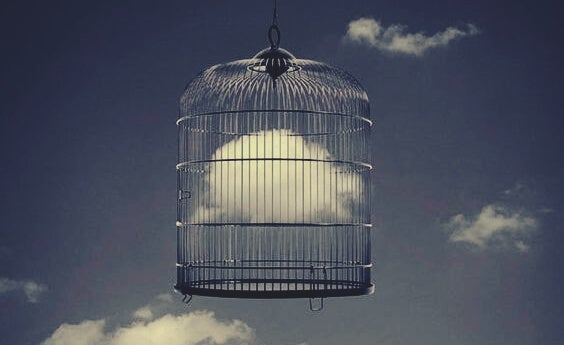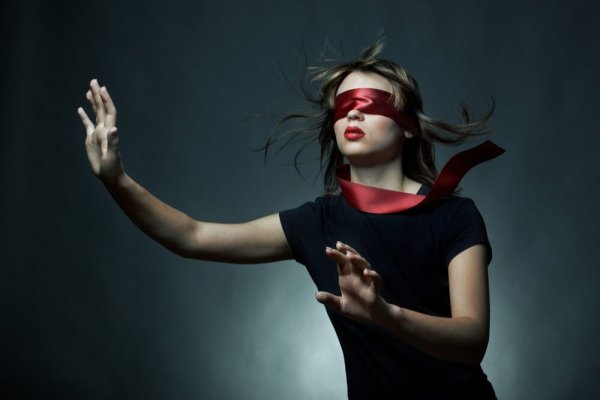What's the Streisand Effect?

The Streisand effect is when someone tries to censor or prohibit information but ends up achieving the total opposite effect.
This effect got its name when, in 2003, a website published an aerial photo of the California coast showing Barbara Streisand’s house. As a result, the American actress denounced the website and photographer Kenneth Adelman for violation of privacy.
Media all around the world picked up on the controversy and the attempted censorship. As a result, thousands of blogs, forums, and other forms of media published the aerial images of Streisand’s house. Thus, the actress actually achieved the opposite effect to what she wanted. The image of her house was now available to far more people than it would have been if she hadn’t complained.
“What’s lawful is undesirable; what’s unlawful is very attractive.”
-Ovid-
The Streisand effect: The desire for the forbidden
When we see a sign prohibiting us from entering a certain area, we immediately begin to wonder just why we aren’t allowed to go in there. An irresistible desire suddenly takes hold of us – the desire to do the opposite of what that sign is telling us. It’s the desire to feel special by having secret information that others don’t have access to.
Society makes certain rules in order to achieve order and avoid fatal consequences. These rules deprive human beings of certain freedoms that restrict, in different ways, their free will and limits their authority. As a result, this makes the person feel threatened in some way.

A human being’s desire to know or possess the things that people deny to them is inevitable. We could even say that it’s something inherent to the species. We get the inexplicable “itch” of curiosity and we just have to scratch it.
It’s not a surprise that psychologists study the effects that these prohibitions cause in the mind. They study our reactions and their consequences. They also look into how they influence the different aspects of our lives.
“We all want what we can’t have, we’re fans of the forbidden.”
-Mario Benedetti-
Examples of the Streisand effect
Barbara Streisand, Beyoncé, Tom Cruise… Many famous people over the years have wanted to prevent the dissemination of their photos or videos and have achieved precisely the opposite effect.
However, the opposite effect hasn’t only occurred in celebrity circles. There are numerous examples of the Streisand effect in the worlds of politics, literature, and the arts.
Example 1
One such example occurred in Spain in 2007. The front cover of a satirical magazine called El Jueves featured a cartoon of King Felipe and Queen Leticia having sex. A judge in the National Court forbade its sale for a crime against the Crown. However, it piqued people’s curiosity and the image spread.
Example 2
Another recent case of the Streisand effect also occurred in Spain. A journalist by the name of Nacho Carretera wrote a book called Fariña. It was all about drug trafficking in Galicia, in the north of Spain. Fariña means “flour” in Galician and is a term used colloquially to refer to cocaine.
The book hit the market in 2015 and, in 2016, Alfredo Bea Gondar, the former mayor of the municipality of El Grove took a case out against it. In 2018, Judge Alejandra Fontana ordered the book to be banned. Immediately after, the demand and interest in the book increased exponentially.
Example 3
Each limitation is a challenge for restless spirits that try to break through the boundaries of, very often, reasonable rules. They may do this to achieve greater freedom or simply because they just don’t want to obey said rules.
This was one of the reasons why, in the 1980s, thousands of people attended a Robert Mapplethorpe photo exhibition in New York because it had been censored in Washington. The authorities there considered it too sexually explicit and unsuitable to show in public. As a result, 40 thousand people visited the exhibition during the first weekend, instantly catapulting his work into the record books.

Consequences of the Streisand effect
These are just three examples of the endless cases of forbidden things suddenly becoming extremely popular. You surely have a number of personal examples.
One of the consequences of creating prohibitions is that they’ll instantly become “loudspeakers” announcing the prohibition far and wide.
Or curious human nature makes us want to push through the barriers. That’s why the Streisand effect will always be a part of human life.
This text is provided for informational purposes only and does not replace consultation with a professional. If in doubt, consult your specialist.








